Vinyl siding is inexpensive, easy to obtain, popular, quick to install and easy to maintain. All of these strong features point to vinyl siding as the ideal cladding solution for your home. The first thing you probably learned when you started your coating research is that vinyl is the most economical coating option. Vinyl siding panels are made of thin PVC sheets that stick together, which means you get a lot of wall coverage for little money.
And because the panels weigh relatively little, installation is faster than any other cladding product. On average, you can expect a vinyl siding renovation to be 25% to 50% less expensive than an asbestos cement or wood siding project, depending on the design of the home. Since vinyl siding is made of plastic, the material itself is practically waterproof. You can place vinyl siding closer to grade than other products without having to worry about swelling or paint loss.
Some siding products, such as wood and fiber cement siding, require more care to ensure that they are kept away from standing and running water. As homeowners, we already have enough to keep up with the house. Cleaning, dusting, shoveling, cutting, painting, staining, and so on. The last thing most people want to do is add another maintenance item to their list by choosing an outer siding product that needs a lot of maintenance.
Going through this list of pros and cons, it becomes quite clear why vinyl siding remains the most popular siding option in Edmonton to this day. Because we have lower exposure to sunlight and a lower risk of severe hailstorms, vinyl siding is ideal for our communities. Would you like to see the end result of some beautiful exterior transformations of a house? Our project gallery showcases more than 25 recently completed projects, each with a detailed description of what makes each home unique. Vinyl is an excellent choice because of its value, style and design.
Vinyl siding can be an excellent investment under the right conditions. Be sure to consult your local professionals for their expertise in installation and maintenance tips. In summary, the main advantages of vinyl are its low cost and ease of installation, along with its low maintenance. Some homeowners are also satisfied with the look of modern vinyl panels.
Drawbacks include easy denting, difficulty replacing individual panels, color fading, and possible cracking in extremely cold climates. All of these factors must be carefully weighed against the pros and cons of other types of siding when making such an important decision as installing a new siding in a house. Sustainability is an important characteristic for many homeowners and builders today. You want to make sure that everything you put in your house is good for you and the environment.
While some vinyl siding manufacturers use some recycled material, most vinyl is not considered an environmentally friendly or sustainable product. Worse yet, if you ever need to replace your siding, there are very few places that accept vinyl siding for recycling, meaning that the plastic will end up in a landfill, polluting your environment as it eventually breaks down. While most homeowners who experience melting of their coatings live in warm climates, there have also been reports of coating melting in cold climates. This is because most people who live in cold climates will invest in insulating glass windows.
The insulation doubles the way light passes through the glass, a bit like a magnifying glass. If your neighbor has insulated windows and you have vinyl siding, your neighbor's windows may reflect light back to your home so that the siding melts even on the coldest days. Vinyl siding is not as attractive or low-maintenance as it seems at first glance. There are other low-maintenance materials on the market, such as fiber cement, that can give you the look and durability you are looking for without these problems.
Make a better choice for your home and stay informed about which materials are best to use. Of all types of home siding, vinyl has the cheapest installation cost, according to Vinyl Siding Institute (VSI). In fact, its durability and low price have helped make vinyl siding the most popular exterior siding option in the United States. In the late 1950s and early 60s, vinyl siding made its debut in American homes, in an era when aluminum siding reigned supreme.
Older vinyl gained a bad reputation; inferior materials at the time tended to crack and sag. But today's high-tech plastic and vinyl materials, combined with modern manufacturing techniques, have made vinyl siding an exceptionally versatile, high-performance option for cladding. In fact, it is now chosen for more than 32 percent of all new housing construction, a trend that only increases with time. While vinyl siding contends that the manufacturer claims it lasts up to 30 years before it starts to deteriorate, it may still need to be replaced within 10 to 15 years in some climates.
Homeowners were attracted by the fact that vinyl siding offered an extremely low-maintenance exterior at a more economical price. In extreme heat temperatures, vinyl siding can also melt and cause serious problems in places where irregular weather patterns are the norm. Initially, vinyl siding was prone to cracking and warping, but advances in the 1970s redesigned the product to make it more resistant to weather, insects, fading and, under normal conditions, virtually indestructible. Vinyl panels usually come fully painted, with the color impregnated with the vinyl itself so that it does not flake or peel off.
In addition, insulating vinyl siding can make you eligible for energy tax credits, making your installation even more economical. Once your vinyl siding starts to look a little discolored, you'll most likely be looking for a complete replacement. If you're looking for an inexpensive, easy-to-install, low-maintenance option that still looks modern and high-end, look no further than vinyl siding. Once your vinyl siding is installed, you won't have to burden your budget with unexpected costs to maintain its great appearance.
You can find a vinyl siding style that works with both horizontal and vertical applications for any home profile. First, both paint and labor for vinyl siding will be more expensive than a traditional painting project. The downside to vinyl siding when it comes to maintenance is that if you need to repair the coating, for example, if a lawnmower throws a rock that punctures the coating, you will have to replace an entire section of the coating. Since vinyl siding is made from a specialized type of exterior grade plastic, almost nothing is required of the homeowner to keep looking their best for decades.
. .
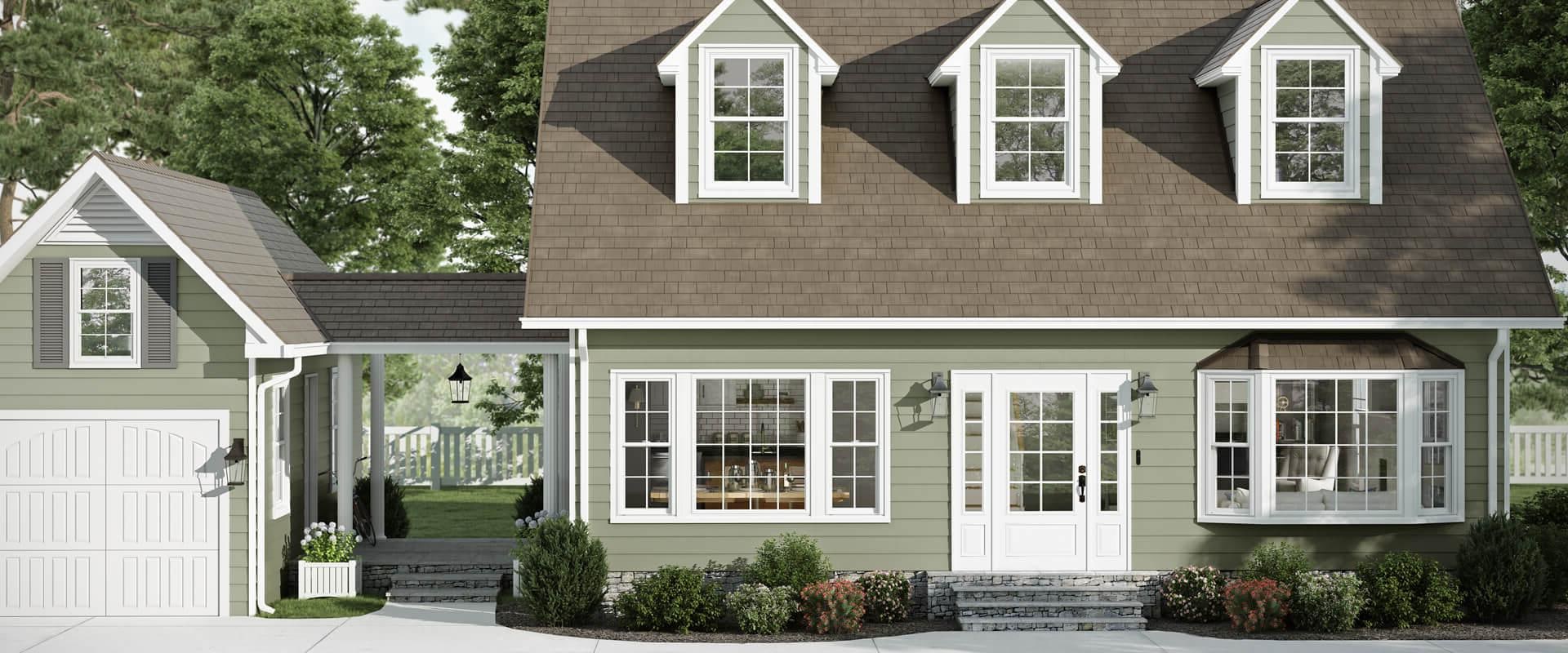
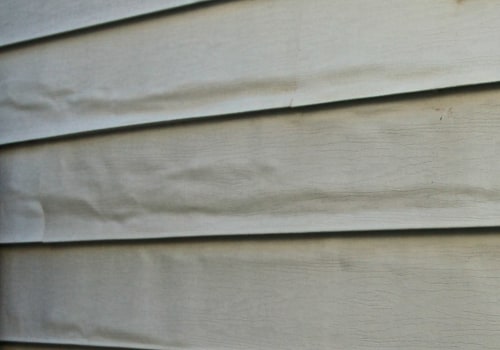
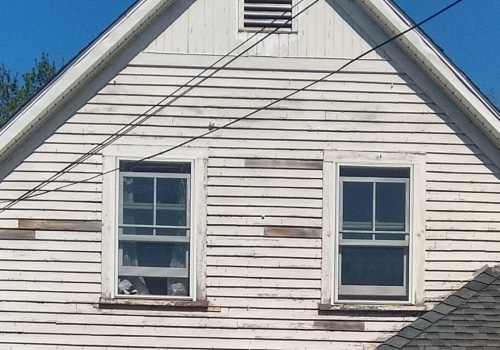
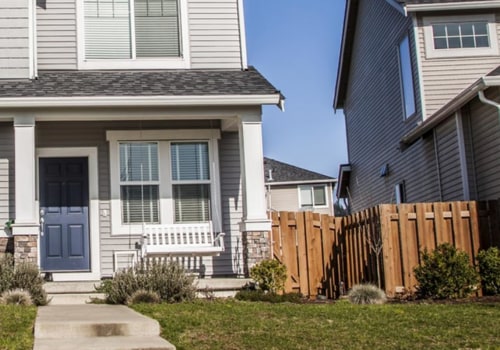
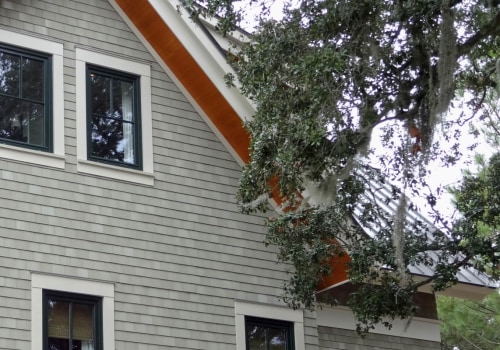
Leave Reply